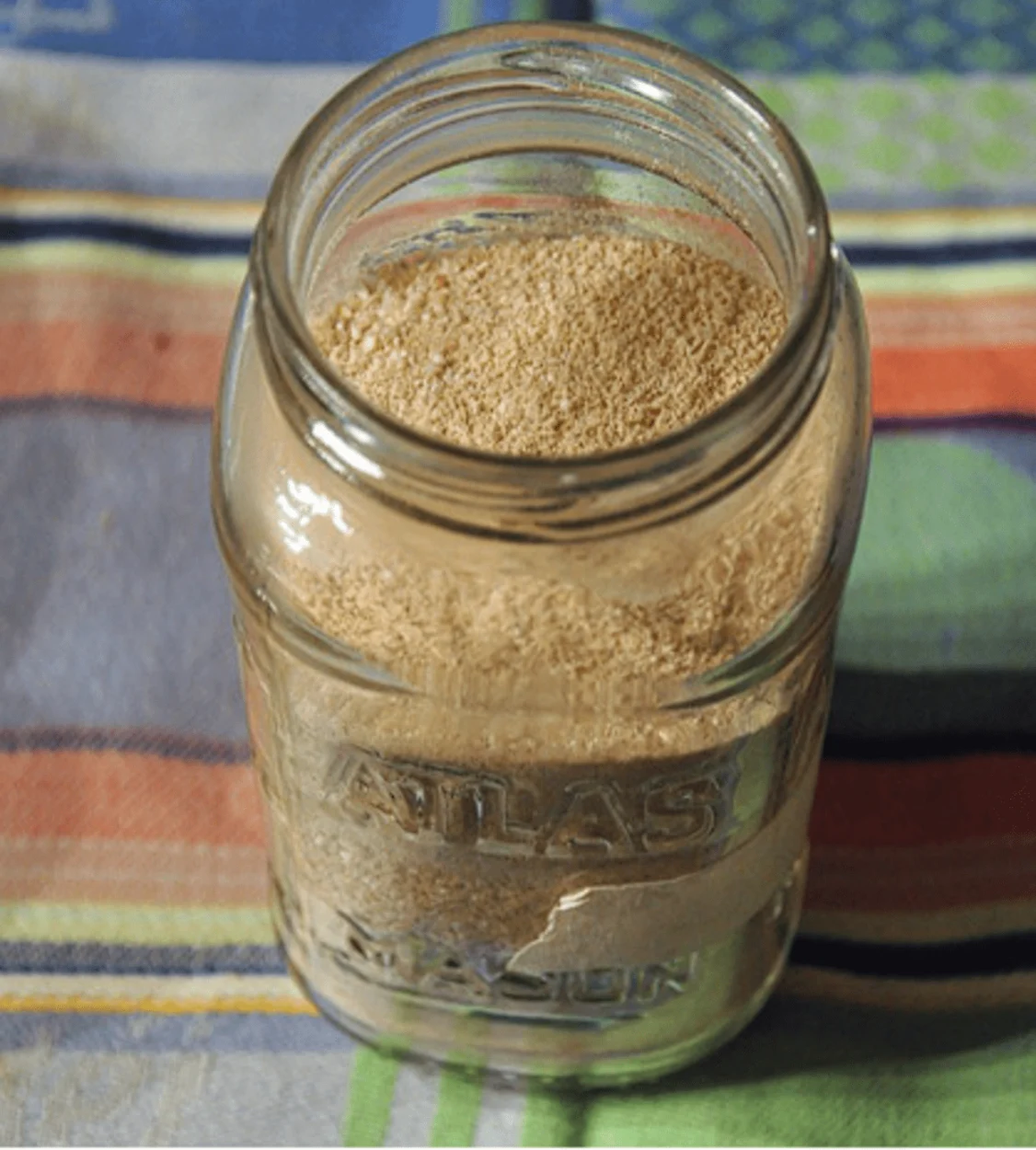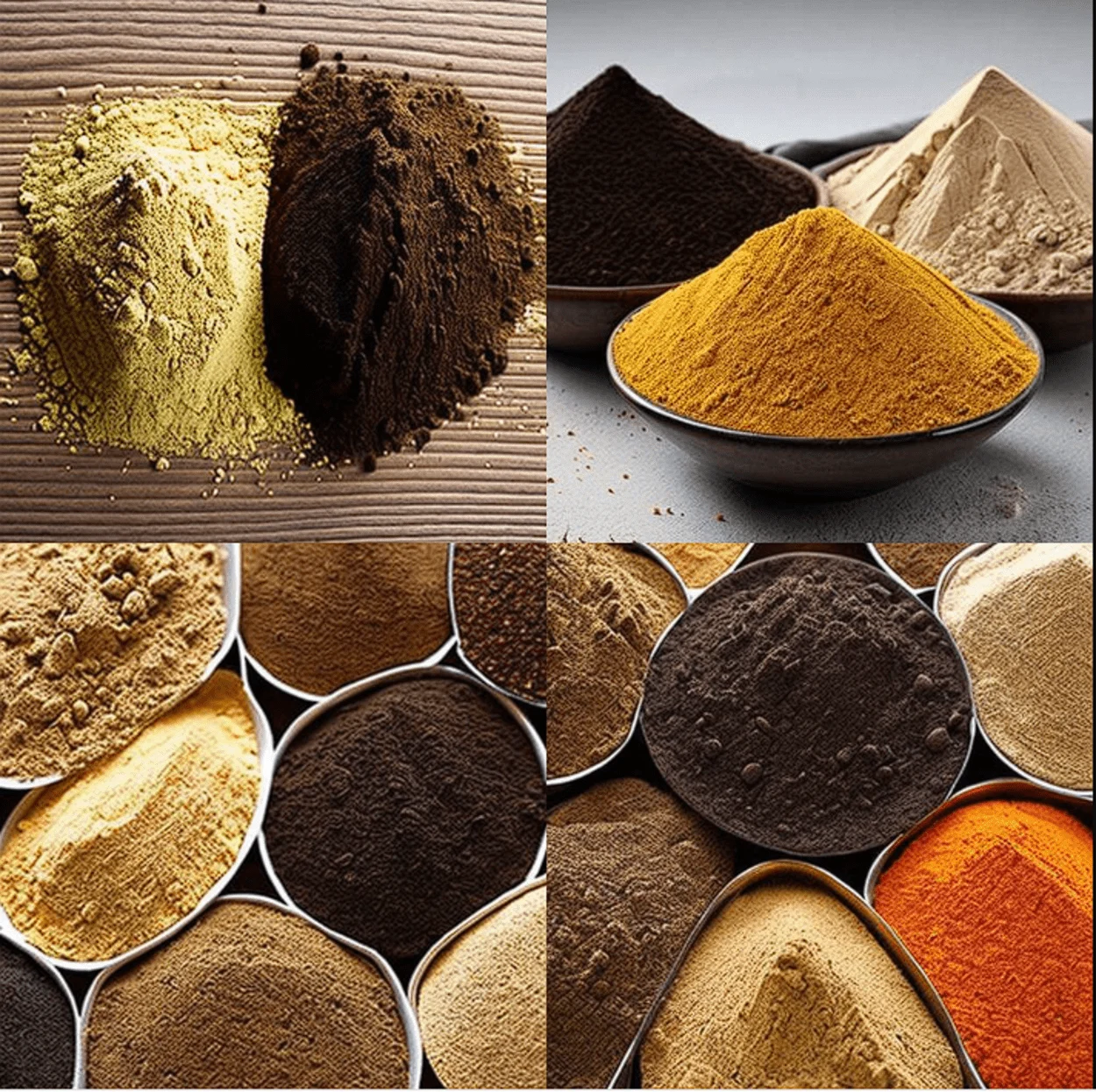You know what beer is, but did you know it’s made from malt? Well, that’s only one use of malt, there are several others that you miss out on.
Malt powder is a frequently used ingredient in cooking and baking. It is created from grains sprouted, dried, and processed into a fine powder. There are two types of malt powder: diastatic and non-diastatic.
Diastatic malt powder has its enzymatic activity preserved as it exists in 100% pure form, while non-diastatic malt powder has sugar and colorings added to it, making it an artificial form.
Both varieties of malt powder have unique qualities that make them suited for various cooking uses. The distinctions between diastatic and non-diastatic malt powder will be discussed in this article.
Diastatic Malt Powder

Diastatic malt powder is made from sprouted grains that have been dried and ground into a fine powder. The term “diastatic” refers to the fact that this type of malt powder contains active enzymes, specifically amylase, which can break down starch into simple sugars.
These enzymes are responsible for converting the starch in flour into sugars like yeast can then be used to produce carbon dioxide and create a rise in the dough.
Uses:
- Diastatic malt powder is used to bake foods like bread.
- The complex sugars in the flour are broken down by the amylases in the malt powder, releasing more sugars for the yeast to feed on.
- Proper rising and more crispiness in the bread are the results of this.
- Moreover, diastatic malt powder can be used to make beer, where it serves as a source of fermentable sugar.
Advantages of Diastatic Malt Powder:
- Diastatic malt powder contains enzymes that enhance dough performance, improve crust color and texture, extend shelf life, and help with gluten development.
- These enzymes break down complex carbohydrates into simple sugars, which are used by yeast to produce carbon dioxide gas and improve the texture and flavor of the dough.
- Diastatic malt powder is a natural ingredient made from sprouted grains that enhances flavor, improves yeast activity, helps with browning, and is a versatile ingredient used in baked goods and beer.
- It contains no artificial preservatives or additives, making it a healthier alternative to other dough conditioners and preservatives.
Non-Diastatic Malt Powder

Non-diastatic malt powder is also made from sprouted grains that have been dried and ground into a fine powder.
However, this type of malt powder does not contain active enzymes. Instead, it is used primarily for its sweet, nutty flavor and to enhance the color and texture of baked goods.
Uses:
Non-diastatic malt powder has a variety of uses, including:
- the creation of baked products like cookies, cakes, and muffins.
- In drinks like milkshakes and smoothies, it’s also used as a sweetener and flavor booster.
- being utilized as a natural food color.
Advantages of Non-diastatic malt powder:
- the ability to give baked items and beverages sweetness and a distinctive flavor profile.
- serve as a natural food coloring agent, which makes it a better choice for your health than synthetic food colorings.
- can assist to increase the shelf life and texture of baked items.
- a versatile and affordable ingredient that can enhance the flavor, texture, or shelf life of baked goods and beer.
Differences Between Diastatic And Non-Diastatic Malt Powder

The main difference between diastatic and non-diastatic malt powder is the presence of active enzymes. Diastatic malt powder contains amylase enzymes that can break down starch into sugars, while non-diastatic malt powder does not contain active enzymes.
Taste
If you ever get to taste-test diastatic malt powder and non-diastatic malt powder, you’ll notice that diastatic malt powder has a little sour hint to it, with an equal blend of sweetness.
Ever wonder why the sour flavor? It’s because of the active enzymes.
Whereas non-diastatic malt powder is sweeter, and thus used in sweet dishes.
Price
As obvious, the price of diastatic malt powder is much lesser than that of non-diastatic malt powder available in the market.
While diastatic malt powder costs you around $0.24, non-diastatic malt powder costs you $1.24.
Texture
Both types of malt powders come in powdered form. However, their texture is determined by the dishes they are made with.
For instance, if you bake a cake with diastatic malt powder, the enzymes will act on the starch and it will stick to the tray.
Whereas, stickiness is not a problem when baking with non-diastatic malt powder. Thus its texture is the most suitable one for baking.
How to Use Both Malt Powders?
Here’s how you can use any of the malt powders to bake:
| Use the correct amount: | It is important to use the correct amount of malt powder in your recipe. Too much or too little can affect the final product. Generally, 1-2% of the flour weight is a good guideline for the amount to use. |
| Add it to the flour: | Malt powder should be added to the flour before any other ingredients are mixed in. This ensures that the powder is evenly distributed throughout the dough. |
| Mix well: | Once the malt powder has been added to the flour, mix it well. This can be done with a spoon or by hand. |
| Let it rest: | After mixing the malt powder into the flour, let it rest for at least 10 minutes. This allows the enzymes in the powder to begin breaking down the complex sugars in the flour. |
| Follow the recipe: | Continue following the recipe as directed, but keep in mind that the addition of the malt powder may require adjustments to the amount of water or yeast used. |
| Bake as usual: | Once the dough has been shaped and allowed to rise, bake it as usual. The malt powder will help improve the texture and flavor of the finished product. |
Which Type of Malt Powder to Use
The choice between diastatic and non-diastatic malt powder depends on the type of baked good you are making and the desired outcome.
If you are making bread or other yeast-raised products, diastatic malt powder is recommended to enhance yeast activity and promote a better rise.
Non-diastatic malt powder is better suited for sweet baked goods, such as cookies, cakes, and muffins, where its sweet, nutty flavor and color-enhancing properties can be fully appreciated.
Substitutes for Malt Powder
If you don’t have malt powder on hand, there are some substitutes that you can use in your baking.
Brown sugar, molasses, or honey can be used in place of non-diastatic malt powder to add sweetness and color to baked goods.
To substitute for diastatic malt powder, you can use a small amount of active dry yeast, which contains enzymes that can break down starch into sugars.
Pros and Cons of Using Malt Powder in Baking
Here is a table summarizing the advantages and disadvantages of using malt powder in baking:
| Pros | Cons |
| Adds flavor | Can be expensive |
| Enhances color and texture | May not be easily available in all areas |
| Promotes yeast activity | Some people may have allergies or |
| for a better rise | sensitivities to the grains used to make it |
| Can be used in various recipes | Some recipes may need to be adjusted when |
| types of baked goods | substituting malt powder for other ingredients |
FAQs
What is the difference between malt powder and malt extract?
Malt extract is a concentrated liquid form of malt powder.
It is made by steeping the malted grains in hot water, then evaporating the water to create a thick syrup.
Malt extract is used as a sweetener and flavoring in baked goods and can be used in place of malt powder in some recipes.
Can I use diastatic malt powder in place of non-diastatic malt powder?
While diastatic malt powder can be used in place of non-diastatic malt powder, it is important to adjust the recipe to account for the additional enzymes in diastatic malt powder.
When using diastatic malt powder, reduce the amount of sugar in the recipe to avoid over-fermentation.
Where can I buy malt powder?
Malt powder can be found at specialty baking stores, some health food stores, and online retailers.
Can I use malt powder in gluten-free baking?
Yes, malt powder can be used in gluten-free baking to add flavor and enhance the color and texture of baked goods.
However, it is important to ensure that the malt powder is certified gluten-free to avoid any cross-contamination with gluten-containing grains.
Conclusion:
Diastatic and non-diastatic malt powder are two different types of malt powder with unique properties that make them suitable for different applications in the kitchen.
Diastatic malt powder is best used in bread making, while non-diastatic malt powder is best used in baked goods and beverages.
Understanding the differences between these two types of malt powder can help bakers and home cooks achieve the desired results in their recipes.
Proper storage of malt powder is also important to ensure it stays fresh and free from clumps.

